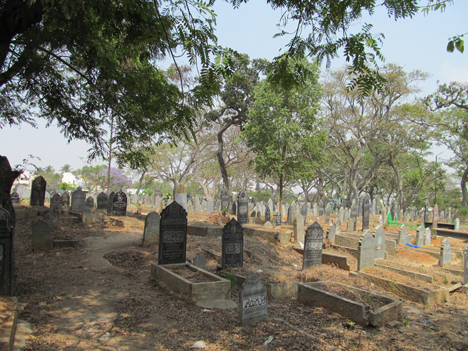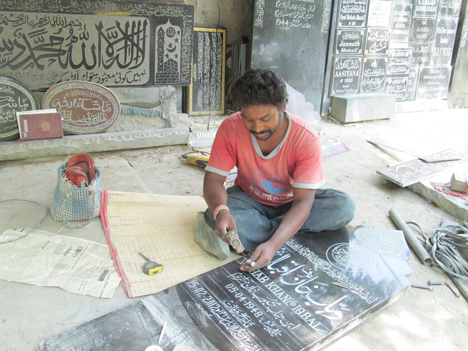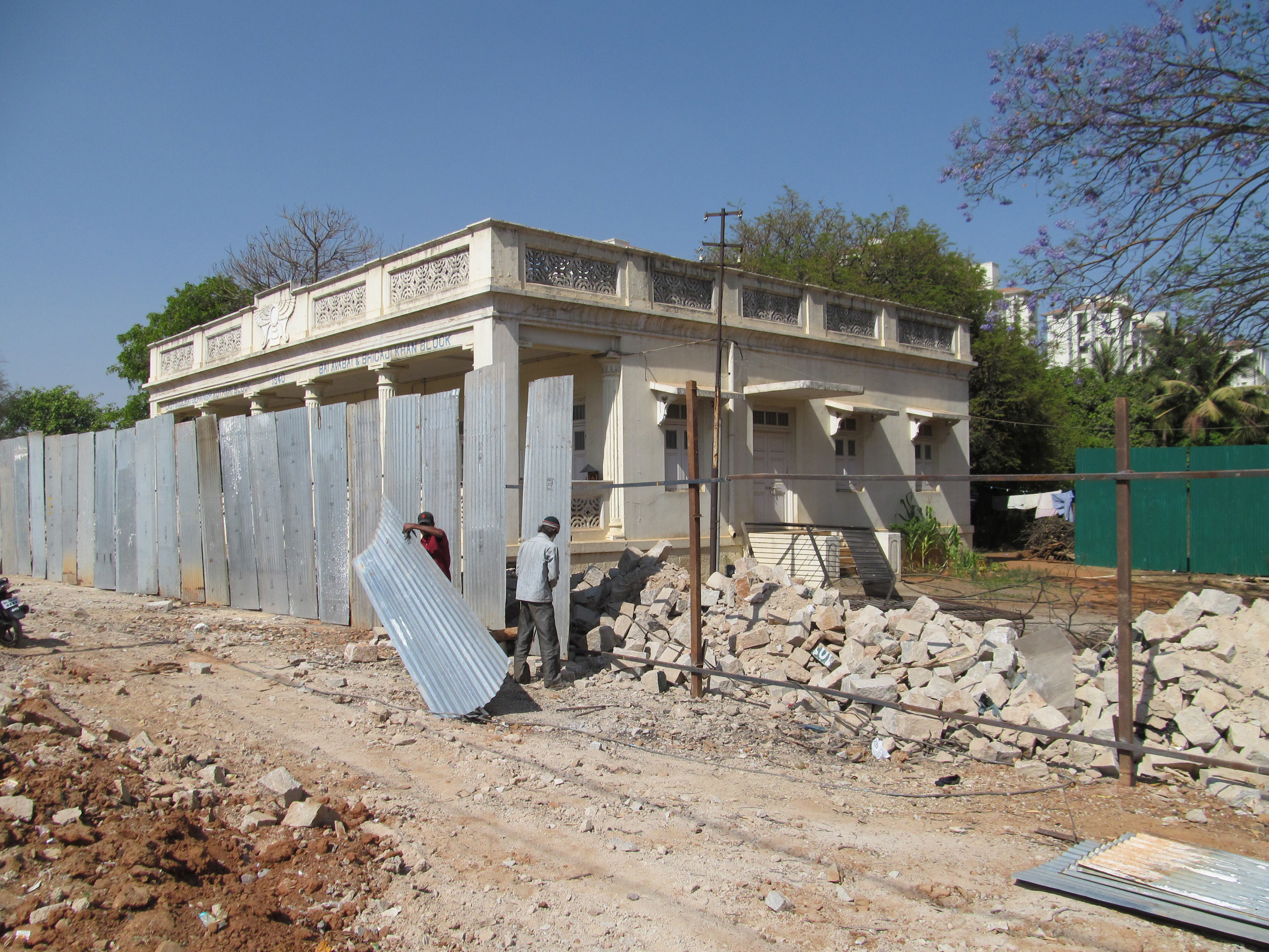David Stairs

Gone, but not forgotten (image courtesy of Deepa Mohan)
Although the idea of reincarnation may have arisen independently in several places, India is justly famous as the land that most fully embraced the concept. All of the major Indian religious traditions embrace some form of the idea. In Hinduism, the cycle of transmigration and rebirth, known as samsara, is governed by karma, or the actions that influence cause and effect. How one behaves in this life will have influence on the next. Whether reincarnation actually exists has been the subject of not only religious belief and philosophical speculation, but also of scientific investigation, although to date, it has never been proven.

Khuddus Saheb Cemetery, Bangalore
But what of Indian death rituals? Here again, the diversity of approaches is extremely varied. Ritual cremation is still the mandated means of disposing the body in Sikh, Buddhist, and Hindu religious traditions. Quick disintegration of the physical self aids the soul on its journey to the next life. While open air cremation is still practiced, most notably in Varanasi at the “burning ghats” on the Ganges, most urban rituals are now conducted in indoor crematoria.
W.jpg)
Manikarnika, the main “burning ghat” of Benares
Muslims as well as Christians practice burial and memorial. Along Nandidurga Road in central Bangalore there is a Muslim cemetery. Islam eschews cremation, preferring simple coffin-less burial. At the Khuddus Saheb burial ground gravestone carvers line both sides of the road outside the cemetery walls. As in Uganda, where casket makers might be located just opposite a hospital, directness of service trumps circumspection.

Gravestone carver along Nandidurga Road, Bangalore
On Bellary Road until recently one passed the Dakhma, or Parsee Tower of Silence. This was the Zororastrian burial site, an actual tower where bodies were placed in open air. Parsiism contends that human remains are unclean. Traditionally, bodies were arranged in three concentric circles by specially designated pall bearers according to gender and age, then left out in open air to decay naturally in the sun or until vultures disposed of them. Reduction of vulture populations as a result of pesticide use has altered this burial tradition somewhat. As a result of reduced numbers in the Parsee community, the Bangalore Tower of Silence had been suffering diminished use. In 2012 the site was purchased by a neighboring land owner, and the site condemned, but Parsee burial continues in other Indian cities, especially Mumbai.

The Bangalore Parsee Dakhma on Bellary Road the day it was fenced in
While both cremation and interment are familiar to people in the West, modern methods will vary a good deal from traditional Indian techniques. Although vultures can no longer be relied upon, open air cremation and simple non-casket burial will remain acceptable methods of final disposal of the body in this populous nation where the birth rate (20.97/1000) outpaces the death rate (7.48/1000) by nearly three to one.
David Stairs is the founding editor of Design-Altruism-Project











Leave a Reply
You must be logged in to post a comment.